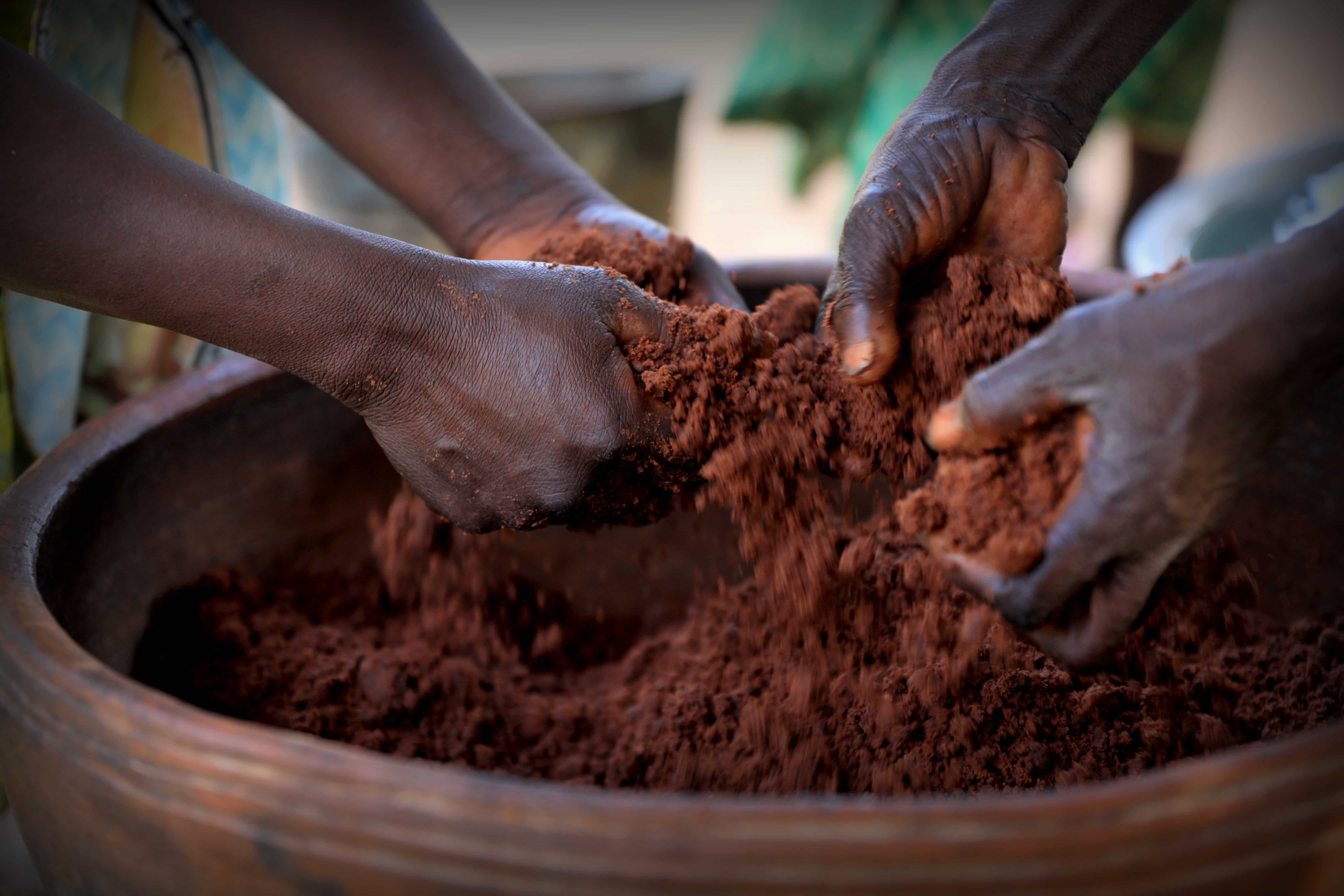- Creation-Management of Community based Protected Areas
- Bénéficiaire NATUDEV
- Montant du projet € 30 000
- Subventions FFEM € 10 000
-
État du projet en cours
The project’s intervention zone is that of the “elephant corridor” or corridor n ° 1 (4,500 ha). This ecological corridor is located in the heart of the complex of protected fauna areas known as “PONASI” (342,728 ha), taking its name from the three national classified forests that constitute it: the PO National Park of the Game Ranch of NAzinga and the Classified Forest of SIssili. Corridor 1 straddles the communes of Pô and Guiaro, which thus share the project’s intervention area. It is an area of shrubby and wooded savannah of an appreciable density where one can meet more than 300 fauna species of the African savannah. The PONASI complex is home to the highest population density of elephants (Loxodonta africana, VU) in Burkina Faso and one of the highest in West Africa, with around 600 individuals.
Floristically, Shea (Vitellaria paradoxa, VU) and Afzelia (Afzelia africana, VU) are two species very present in the area. Corridor No. 1 does not have an official protection status. The PONASI ecological complex faces the following environmental problems: fragmentation of its ecosystem by pastoral and carbonization agricultural activities, human / elephant conflicts, species poaching and the inappropriate use of chemical inputs in agriculture. Non-timber forest products (NTFPs) constitute the third source of income for local populations after agriculture and livestock.
The most developed sectors in the area are honey and shea. On the other hand, the level of development of these sectors in Corridor No. 1 is very low compared to the potential and expectations of the populations. NatuDEV was founded in 2014 with the mission of contributing to the conservation of nature reserves by their protection and promotion by and for the local populations. Faced with threats of degradation hanging over the “elephant corridor”, the project has set itself two main objectives: securing the area and its sustainable development with support for sustainable value chains (beekeeping and shea butter).
